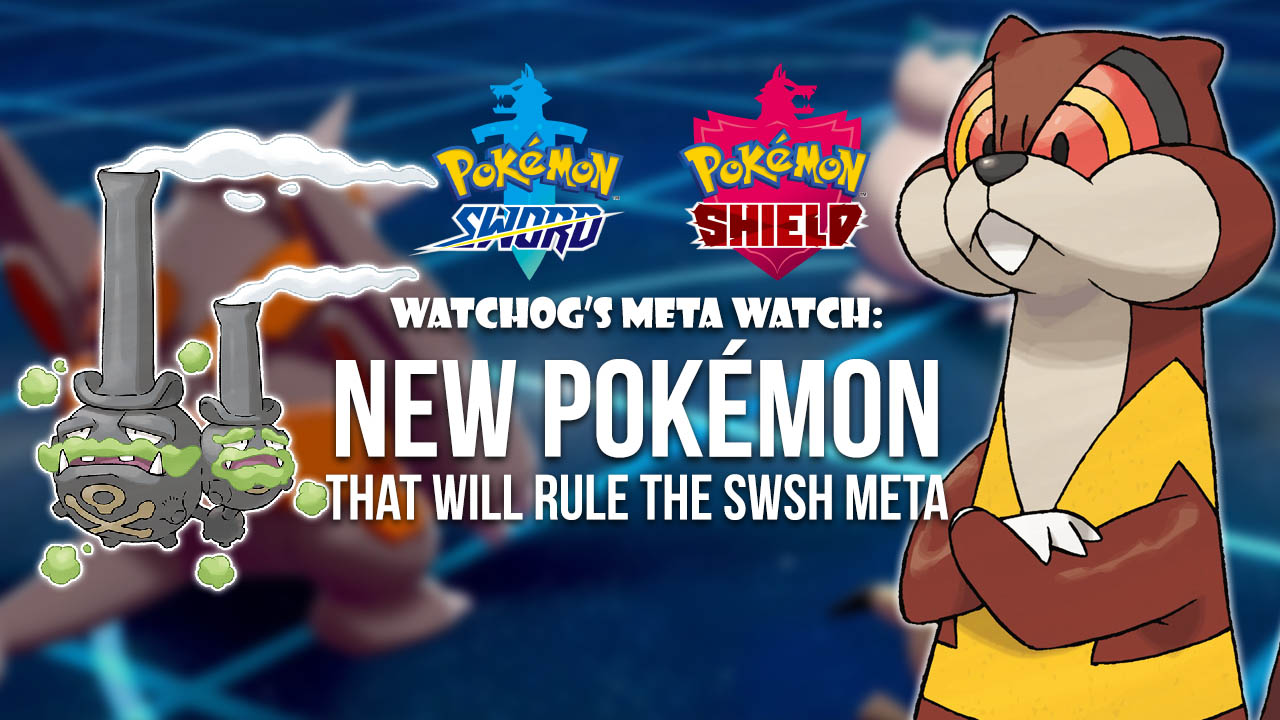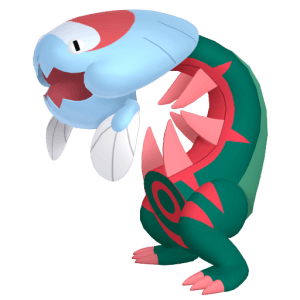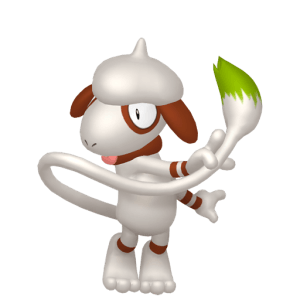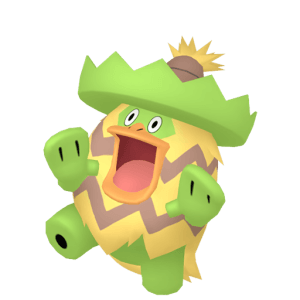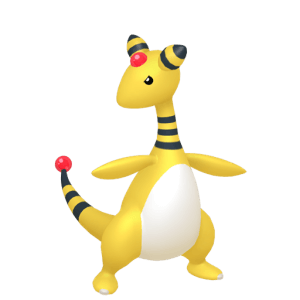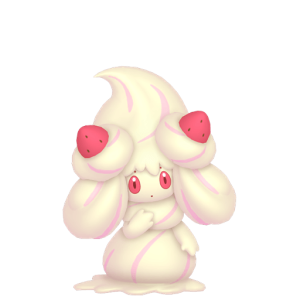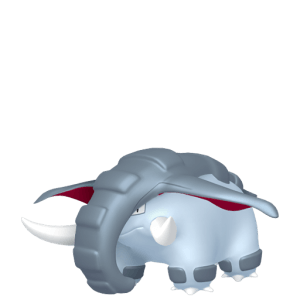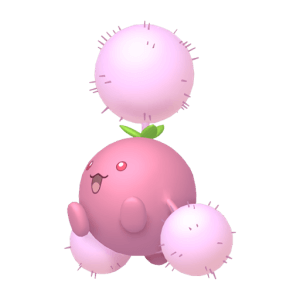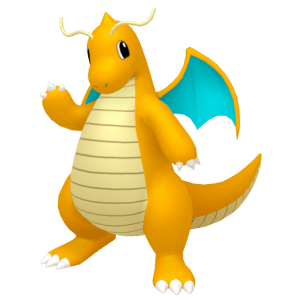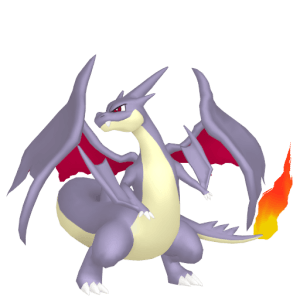Greetings, Trainers! It’s now been a week since the release of Sword and Shield and competitive battlers are beginning to get a feel for the Gen 8 competitive scene. The cream of the crop amongst Galar’s newly-discovered Pokémon are starting become apparent, and strategies are beginning to coalesce.
It’s early days yet, but there’s no time like the present to dive into the Wild Area of the Pokémon Showdown OU meta and take a glance at just a small handful of Galar’s native contenders!
Dragapult

This won’t come as a surprise to many of you – Gen 8’s pseudo-legendary Dragon is almost certainly going to be a game-changer thanks to a good typing and high base stat total.
Despite being big-headed, Dragapult’s power lies mainly on the physical spectrum and it has just enough of a movepool to back it up. Dragon Darts is by far the best physical Dragon move in the game, beating Dragon Claw for power and Outrage for reliability. Dragon Dance remains an excellent boosting move, and Steel Wing provides acceptable coverage against Fairy types on a boosting set. Alternatively, U-Turn favours a more exploitative playstyle compared to a traditional Dragon Dance set, helping Dragapult identify foes that seek to keep it in check (particularly Tyranitar) and bringing partners into battle safely.
Dragapult’s lack of access to physical Ghost STAB outside of the gimmicky Phantom Force is disappointing, but it’s made up for by a good 100 base Special Attack. This enables it to run mixed sets very effectively with moves such as Shadow Ball, Thunderbolt and Fire Blast – who knows, an entirely special set could be an effective lure depending on how the meta develops!
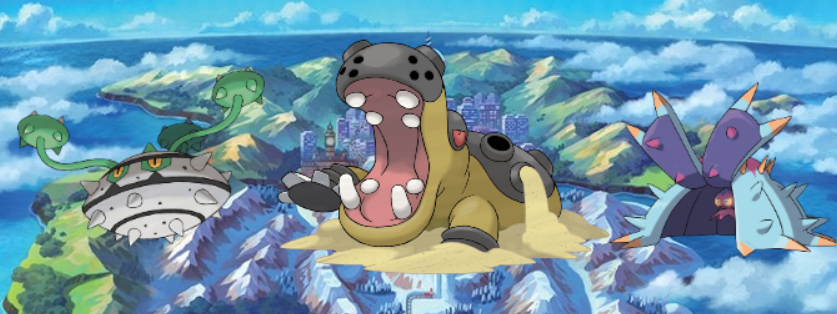
Dragapult’s bulk isn’t awful, but with so much Speed those 600 points of base stats have to come from somewhere. Most other pseudo-legendary Dragons like Dragonite and Garchomp have historically been able to adopt defensive roles alongside more offensive loadouts; however, this doesn’t seem a viable option for the frailer Stealth Pokémon despite possessing a very fast Will-O-Wisp.
Still, the watchword with Dragapult is unpredictability. No matter how well you build your team, Galar’s pseudo-legendary might just have the moves to break it right open!
Galarian Corsola
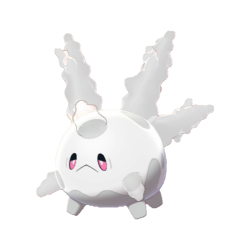
Pro-tip: If you’re speculating on how a new Gen might affect competitive play, look for existing species that can now make use of Eviolite. Corsola was already a fantastic candidate, with solid if not inspiring defensive stats, and a small measure of utility with access to Stealth Rock; now it’s one of the bulkiest walls in the entire Galar meta!
Corsola’s make-over has been more dramatic than a mere stat boost. A newfound Ghost typing grants it two useful immunities and cuts back on the horrific number of weaknesses associated with Water and Rock. New access to Will-O-Wisp and Strength Sap leaves physical attackers wailing in frustration, and while Night Shade won’t be making teams quake, it crucially enables Galarian Corsola to break through Substitutes and avoid becoming setup bait for Pokémon that would usually prey on passive walls.
However, it’s not all sunshine and shallow seas for the deceased coral. Corsola lost two great assets in the migration to Galar, namely Recover and Regenerator. Combined with an inability to hold Leftovers, Galarian Cosola is heavily dependent on Strength Sap to remain healthy. This said, Cursed Body is far from a poor trade-off with Regenerator. We’ve rarely seen this ability on a primarily defensive Pokémon and it can heavily neuter attackers relying on a single STAB move or Choice items, granting Galarian Corsola the space to set up Stealth Rock or recover health from the opponent’s likely switch-in.
Barraskewda
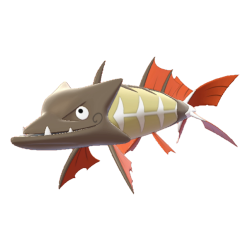
My great grandfather enjoyed prize pike fishing, so it was charming to first see the Barraskewda family in Galar; what I didn’t anticipate was that this dowdy regional fish would possess the potential to be a nuclear force in competitive battles! With an excellent Attack stat of 123 and a truly blazing Speed stat of 136, Barraskewda makes Sharpedo look like a tugboat. It also has a great physical movepool to utilise this stat distribution, including Psychic Fangs, Crunch and, incredibly, Close Combat!
Given these assets some might be disappointed that Barraskewda only has access to the common Swift Swim ability (and the singles-irrelevant Propeller Tail), but this is more complementary to the Skewer Pokémon’s role than might first appear. Under rain, it is virtually impossible to get the jump on Barraskewda and revenge kill it without using priority moves, and the boost to Water attacks enables it to score clean KOs without fear of retaliation. Barraskewda’s low defenses and Liquidation’s merely decent base power will force the fish to pick on weakened foes much of the time, adopting a hit-and-run strategy, but a rain-focused team could help it to sweep much more effectively.
Cinderace
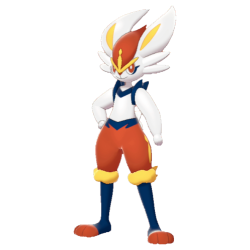
Boy, this thing is going to be phenomenal once the Hidden Ability is released. Protean remains one of the most busted abilities in the game, and Cinderace seems set to follow in Greninja’s footsteps as a defining top-tier attacker thanks to Libero, a straight clone of Protean. The Ninja Pokémon might have been a faster starter, but Cinderace boasts 13 more points in its highest attacking stat, and that matters.
Cinderace’s signature move, Pyro Ball, is probably the best Fire move in the game, trading Flare Blitz’s recoil damage for a slight dip in accuracy. Other high-powered moves ripe for a STAB boost include High Jump Kick, Iron Head, Gunk Shot and Zen Headbutt; about the only OU walls that Libero Cinderace can’t blow straight through are Hippowdon, which will be forced to use precious turns Slacking Off, and Galarian Corsola. The striker is also a brilliant user of U-Turn, enabling a canny player to identify the Pokémon the opponent needs to keep healthy to stop the rampaging rabbit, and act accordingly.
Thankfully, Barraskewda outspeeds and has little trouble KOing Cinderace regardless of what type it might be at the time. Failing this, chip damage and entry hazards (especially Stealth Rock) can help set up a coup de grace with a priority move, as Cinderace’s bulk is quite poor.
For the moment, Cinderace’s stats are good enough for it eke out a little top-tier relevance, but the lack of a secondary STAB is going to leave it struggling to break through both opposing Pokémon (namely Toxapex) and the glass ceiling of UU. Once Libero is released though… be prepared.
Honourable mention: Galarian Weezing
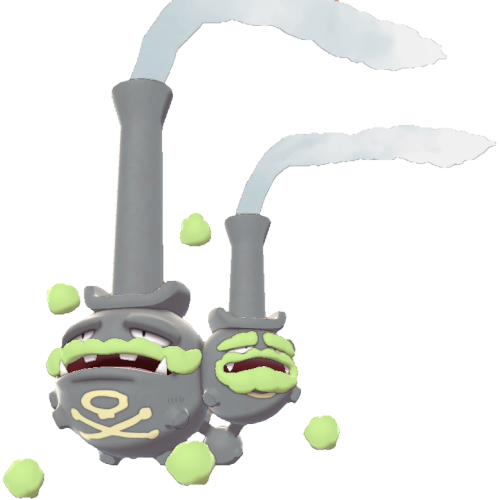
It probably comes as little surprise that I’m a fan of this design given I recently adopted it for a cosplay, but Galarian Weezing brings some great traits to the competitive scene, too. Many of these will be familiar to seasoned Trainers – a high Defense stat, Will-O-Wisp, Toxic Spikes, Haze and more – but the Poison Gas Pokemon’s new form possesses an amazing typing in Poison/Fairy. Twinned with Levitate (which is a far better ability than Neutralising Gas, trust me), Galarian Weezing has only two weaknesses, offset by two immunities, two quad-resists and three normal resists! It also gained even more utility with new-found access to Aromatherapy, providing clerical assistance to teams which especially despise status conditions.
Unfortunately, Galarian Weezing’s stats are just a little too low for it to really shine as a premier defensive force (a condition afflicting many Gen 1 Pokémon), and this is compounded by a lack of reliable recovery – it can’t simply shrug off powerful neutral hits as well as the likes of Toxapex and Hippowdon. Still, be in little doubt that it will feature very prominently indeed in lower tiers, spreading burns and poison, walling physical threats and carrying (floating?) teams to victory!
Howzat, Trainers? Have you enjoyed success thus far with any of the Pokémon above, or have they under-performed for your team? Have you hit upon any surprise sleepers you’d care to share? Let us know in the comments or on Discord!
Full credit for all individual Pokémon images goes to Joe Merrick of Serebii.net.

